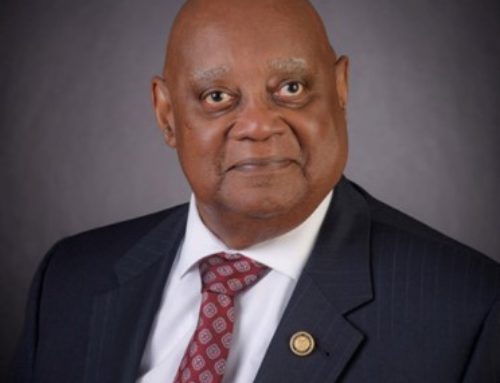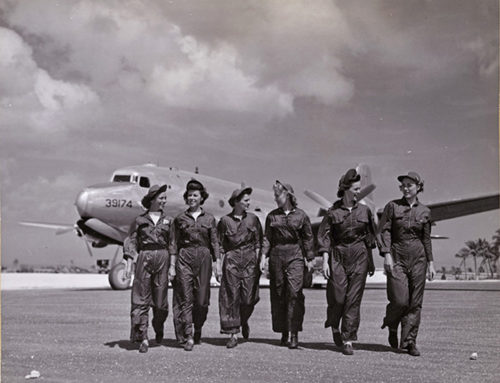In 1900, the U.S. Navy officially purchased its first submarine. However, seven years before that, the first full effort to launch a submarine program began with the Great Submarine Contest of 1893. Submarines had been utilized long before this, including during the Civil War. However, these submarines were rarely successful at their missions and posed real threats to their crews. On March 3, 1893, Congress approximated $200,000 for the building of an experimental model submarine. The word was put out to inventors that whoever came up with the best design would be awarded the contract. The Great Submarine Contest of 1893 began the drive for the U.S. Navy to fully dive into beginning their submarine fleet. We will discuss who submitted designs and how these men forever changed the face of the U.S. Navy.
The rules on the competition “required that each design meet certain vital prerequisites including, guaranteed safety, ability to submerge, reliability underwater, reasonable speed, endurance, offensive power, and the ability to view the target.”[1] One of the most interesting stipulations in the contest was that each proposal had to be submitted with a check equal to five percent of the bid. This check would he held by the committee if the design failed to meet the specifications. In June of 1893, the official opening of the viewing of these designs was held in Washington, D.C. Amongst the crowd were the three top contenders- Simon Lake, George Baker and John P. Holland. The first of those to make his name known was George Baker, a Civil War veteran. After the war, George moved to Polk City, Iowa where he established a hardware business. It was in his free time that he pursued the idea of designing a submarine. By 1893, Baker’s business was booming with the production of barbed wire, and he moved to Illinois. It was because of the successes of his business that Baker was able to follow through on his love of submarines when the competition opened.

Figure 1 Baker’s Submarine in Dry Dock. Image Courtesy of Burton Historical Collection, Detroit Public Library
George Baker’s design was 46 feet long and weighed around 75 tons. It was able to fit six crew members on board. The hull was made of wood, was around seven inches thick and was powered by a small steam engine while on the surface. A collapsible smokestack would go up when the broiler was operated. When submerged, a 220 volt, 50-horse-powered electric motor with driving dual side propellers powered the boat. Baker went further than just designing a submarine. He built a prototype and ran trials in the Rouge River in Michigan. Initially, the prototype leaked, and the propulsion machinery did not operate correctly. After several experiments, he felt confident that the problems could be fixed and that his design was perfect for the submarine competition. The press would go on to inaccurately describe his work in the papers. Journalists would draw up fanciful designs of a boat topped with a smokestack and smoke billowing across the waves. Baker addressed this when he told a Detroit Free Press reporter, “Even if such a plan were possible, just see what a sure warning it would give an enemy of the approach of the boat. Scores of these things have appeared in print, and they will certainly do me more injury than good.”[2]

Figure 2 Baker’s Submarine in the Detroit River. Image Courtesy of Burton Historical Collection, Detroit Public Library
Baker felt that submarines could serve multiple purposes. He knew that they could be used to plant torpedoes beneath another vessel, but he also believed that they could be used to locate shipwrecks and conduct research at the bottoms of lakes and seas. To go along with this idea of submarine usage, he designed an electric light that could bean 16 feet while underwater. The light would be operated from an iron projection on the conning tower. The idea that the submarine could be used for non-military operations was revolutionary at the time. Baker began sea trials of his boat in 1892, ahead of the submarine competition. Some believe that Baker was the instigator of the competition, convincing Washington that a submarine was needed in the Navy.
Commodore William Folger sent an expert to Detroit in June of 1892 to try Baker’s boat. However, at the time of this visit, Baker’s boat was being repaired and could not be inspected. This did not stop the expert, W. Scott Simms, from raving about the submarine. Folger believed that a combination of Baker’s boat and Simm’s torpedo boat would make a perfect destroyer for the Navy. When the competition opened in 1893, Baker had just refined his design and felt like he had a leg up on the competition, including John P. Holland, a better-known inventor at the time. Baker’s lawyer and a U.S. Senator convinced the Secretary of the Navy that the Navy perform its own sea trials on the Baker Boat before a final decision was made in the competition. Baker’s push for this sea trial was due in part because by July 1893, it was clear that the board was heading towards choosing Holland’s boat as the winner. Using his political influence, Baker was able to delay the vote and receive the trial. In fairness to Holland, the committee extended an invitation to Holland to present a boat of his own.
However, Holland refused because Naval officers had assured him that his design would be approved. Holland even offered Baker $200,000 worth of his company’s stocks, if the latter would assign his patents “free of all encumbrances to the Holland interests.”[3] Not surprisingly, Baker turned this offer down. By September, the trials on Baker’s boat were completed and they did not live up to Baker’s descriptions of the submarine’s capabilities. Before a design could be made in the competition, Baker died in 1894 at just 49 years old. George Baker’s vision for submarines being used for scientific research and technical purposes is one he unfortunately did not live to see come to fruition. We can thank his forward way of thinking for such works as the Great Lakes Research Center at Michigan Technological University and the NR-1 research submarine. Check back next week for part two of the Great Submarine Contest.
[1] Wendy Gully Klaxon March 1992
[2] https://www.hsmichigan.org/wp-content/uploads/2013/10/BakersBoat-ND13.pdf
[3] https://www.hsmichigan.org/wp-content/uploads/2013/10/BakersBoat-ND13.pdf






